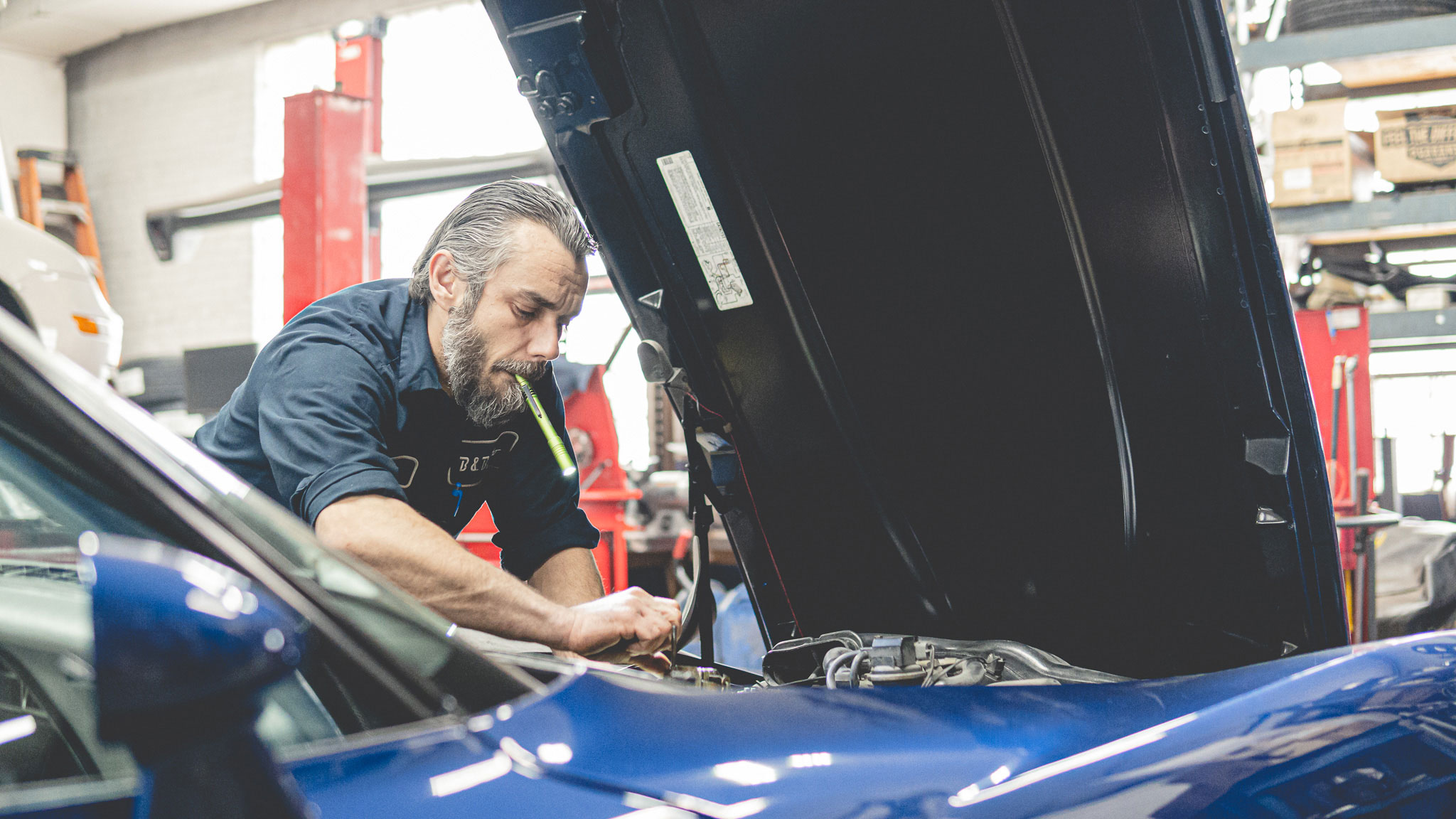Featured

When it comes to automobile repair services, one of the most significant choices you'll deal with is whether to opt for Original Tools Producer (OEM) parts or aftermarket parts. Below, we explore the benefits and considerations of both OEM and aftermarket components to aid you pick the right option for your next car fixing.

What Are OEM Components? OEM parts are made by the exact same business that produced the parts in your car when it was initial developed. They are created particularly for your make and version, making sure ideal compatibility and high-grade performance. Considering that OEM components coincide ones utilized in the original setting up of your car, they often tend to meet the same high criteria set by the supplier.
One of the main benefits of selecting OEM components is the assurance of high quality and dependability. If your vehicle is still under warranty, using OEM components for fixings can aid make sure that your service warranty stays valid.

What Are Aftermarket Parts? Aftermarket components, on the other hand, are produced by third-party producers who may not be directly affiliated with the lorry's original manufacturer. These parts are designed to fit a variety of cars and are often much less pricey than OEM components. While several aftermarket parts are of high top quality, they can differ dramatically in between manufacturers.
Since these parts are mass-produced and do not have the very same expenses expenses as OEM parts, they are usually valued lower. Furthermore, aftermarket parts can use boosted efficiency or aesthetic renovations over OEM components.
Advantages of OEM Components. Guaranteed Fit and Quality: OEM parts are designed to meet the specific specifications of your car, making sure a best fit and preserving the performance criteria that the producer meant. Service Warranty: Several OEM components come with a service warranty, supplying satisfaction in situation the part is malfunctioning or falls short too soon. Resale Value: If you prepare on offering your auto, making use of OEM parts can help preserve its resale value since prospective purchasers usually seek vehicles that have actually been repaired with original parts. Automobile Honesty: Utilizing OEM components helps make certain that your car proceeds to execute as intended by the producer, keeping it in optimum condition. Benefits of Aftermarket Parts. Lower Rate: Aftermarket components are often a lot more budget-friendly, which can be a considerable factor to consider if you're on a budget plan or seeking to conserve cash on fixings. Range and Customization: Aftermarket components supply a large selection of options, particularly for performance upgrades or cosmetic adjustments, enabling you to individualize your automobile or improve its performance. Wide Schedule: Aftermarket parts are normally less complicated to locate than OEM parts, especially for older vehicles or hard-to-find elements. Performance Enhancements: In some cases, aftermarket parts are created to give remarkable efficiency, such as much better brakes or higher-flow air filters that raise horsepower. Downsides of OEM Components. Higher Price: OEM parts tend to be extra costly than aftermarket options, which might be a disadvantage for automobile owners on a limited budget plan. Limited Alternatives for Customization: OEM components are developed to change the original elements without any enhancements, so they may not provide performance upgrades or aesthetic adjustments. Availability: Depending upon the make and model of your automobile, OEM parts can often be difficult to find, particularly if your vehicle is older or has been discontinued. Negative Aspects of Aftermarket Components. Inconsistent High quality: The high quality of aftermarket components can differ significantly between manufacturers. While some are made with top quality materials, others may be much less durable or poorly created, which could cause faster damage. Prospective Fitment Issues: Aftermarket components may not constantly fit your vehicle as precisely as OEM components, causing possible compatibility concerns or extra job during installment. Guarantee Concerns: Using aftermarket parts might void your manufacturer's guarantee or bring about problems if a failing takes place that relates to the aftermarket element. Exactly how to Decide In Between OEM and Aftermarket Components. Picking in between OEM and aftermarket components depends on numerous aspects, including your spending plan, the age and condition of your automobile, and your specific repair service requirements.
Budget plan: If price is your primary issue, aftermarket parts are often the much more budget-friendly choice. It's crucial to consider the long-term worth of your choice. If you choose a more affordable aftermarket part that doesn't execute well or requires frequent substitutes, you may wind up investing a lot more in the future. Vehicle Age and Condition: For newer vehicles still under warranty or those in excellent condition, OEM components are generally advised to keep the vehicle's honesty and ensure it remains to operate as meant. For older automobiles, aftermarket components might offer a much more affordable solution without compromising performance. Repair work Type: Some repair services, particularly safety-related components like air bags or brake systems, are best handled with OEM components to make certain optimum safety and integrity. For non-essential repair services or efficiency upgrades, aftermarket components might offer an excellent balance in between price and performance. Final thought. The choice between OEM and aftermarket components depends on your particular requirements, choices, and budget plan. While OEM components provide ensured quality and reliability, aftermarket parts give price financial savings and the possibility for performance improvements or personalization.
Latest Posts
Vital Living Room Furniture Pieces Every Home Needs
Published Jan 06, 25
3 min read
The Duty of Auto Repair Work Shops in Rust Avoidance and Treatment
Published Jan 06, 25
0 min read
The Complete Guide to Choosing the Best Dodge SUVs
Published Jan 05, 25
1 min read